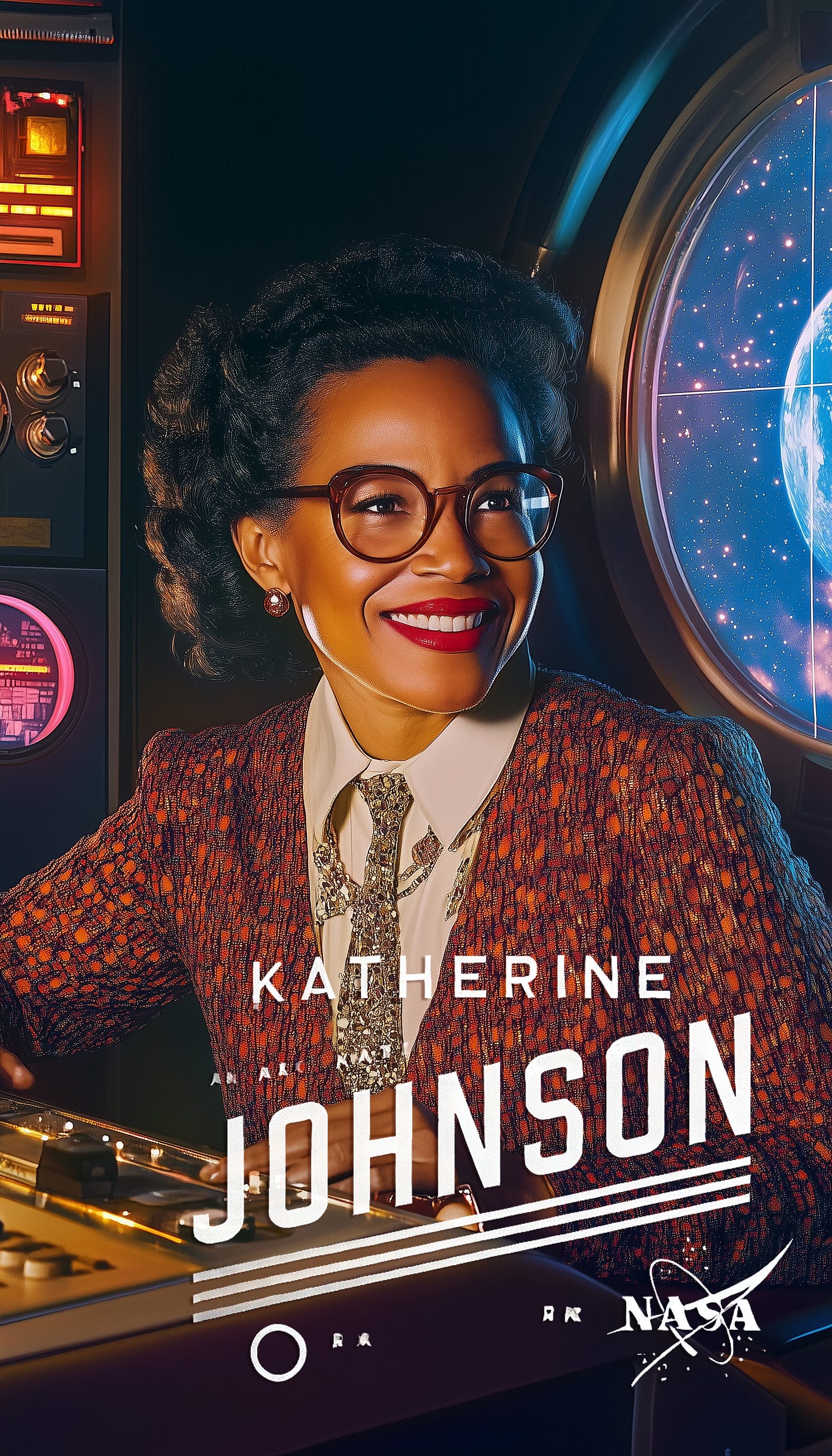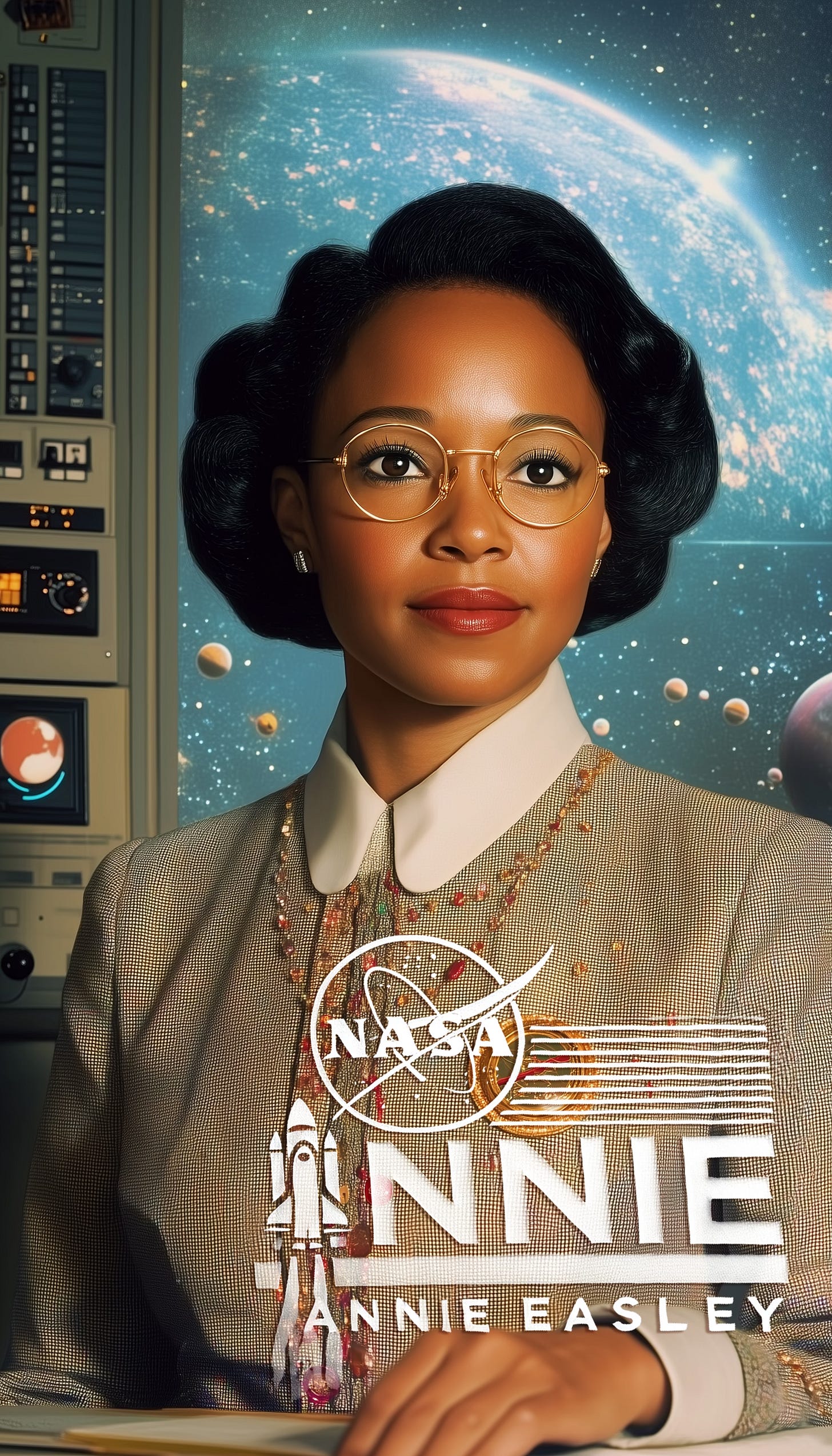Every year on February 11, the world celebrates the International Day of Women and Girls in Science, an observance established by the United Nations to promote full and equal access to participation in STEM fields. This day not only recognizes the contributions of women and girls in science but also raises awareness about the barriers they face. It is an opportunity to honor the groundbreaking work of female scientists, encourage future generations, and advocate for policies that support gender equity in STEM.
Five Benefits of the International Day of Women and Girls in Science:
Inspiring Future Generations
Celebrating the achievements of women in STEM provides young girls with role models and encourages them to pursue careers in science and technology.
Advancing Gender Equality
Recognizing the historical and ongoing struggles of women in STEM highlights the need for continued efforts toward closing the gender gap in scientific research, academia, and industry.
Amplifying Contributions of Women in Science
Many women scientists have made crucial advancements but have not received the recognition they deserve. This day ensures their contributions are celebrated and remembered.
Encouraging Inclusive Policies in STEM
Governments and institutions are reminded of the importance of implementing policies that promote diversity, inclusion, and equal opportunities for women in scientific fields.
Fostering Global Collaboration
International cooperation is key to addressing gender disparities in STEM. This observance helps bring together policymakers, educators, and industry leaders to create solutions that support women in science worldwide.
Honoring the Women Removed from Government STEM Websites
Unfortunately, recent directives under President Donald Trump’s administration have led to the removal of diversity, equity, inclusion, and accessibility (DEIA)-related content from government websites, including NASA, the CDC, and the FDA. These removals have erased mentions of women leaders and underrepresented groups, raising concerns about the erasure of history and the future of diversity in STEM.
Female Scientists Previously Featured on NASA’s Website:
Katherine Johnson: A NASA mathematician whose calculations were essential to early space missions, famously depicted in the film Hidden Figures.
Annie Easley: A rocket scientist and computer programmer who played a critical role in the Centaur rocket project and advocated for diversity at NASA.
Olga D. González-Sanabria: A key contributor to the development of long cycle-life nickel-hydrogen batteries used on the International Space Station.
Janet Petro: The first woman to serve as acting NASA administrator, though her leadership has been downplayed due to the administration’s new directive.
Wendy Bohon: A geologist whose feature was taken down from NASA’s website shortly after President Trump took office.
Additional Content Removed:
References to "women in leadership" were scrubbed from NASA’s public websites.
A 2023 article highlighting NASA’s 1978 astronaut class, which featured the first Black and Asian-American female astronauts, was deleted.
Content related to DEIA programs, underrepresented groups, Indigenous people, and environmental justice was removed.
Spanish translations of certain materials were eliminated.
While NASA still retains a page dedicated to women at NASA, these removals reflect a broader initiative to comply with an executive order against DEIA initiatives across federal agencies.
Amplifying the Legacy of Women in STEM
Despite these setbacks, the contributions of these brilliant women cannot be erased from history. It is our responsibility to continue celebrating their achievements and ensuring that young girls see themselves represented in STEM fields.
Ways to support women in STEM include:
Sharing the stories of female scientists who have shaped history.
Encouraging STEM education for girls through scholarships, mentorship, and programs.
Holding policymakers accountable for promoting and maintaining diversity and inclusion in science and technology.
he International Day of Women and Girls in Science is a reminder that progress requires visibility, recognition, and action. By honoring the women who have shaped scientific discovery and innovation, we continue to pave the way for a more inclusive and equitable future in STEM.
Let’s take this day to amplify the voices of the women who have been silenced and ensure that their impact remains recognized for generations to come.
🎥 Watch My Video on How I Used AI to Celebrate These Women: https://youtube.com/shorts/moJK8KUXgos?si=-eo7N1zNwNoqvvgU
👉 Like, comment, and subscribe to support more content that amplifies the voices of women in STEM! 🚀✨









